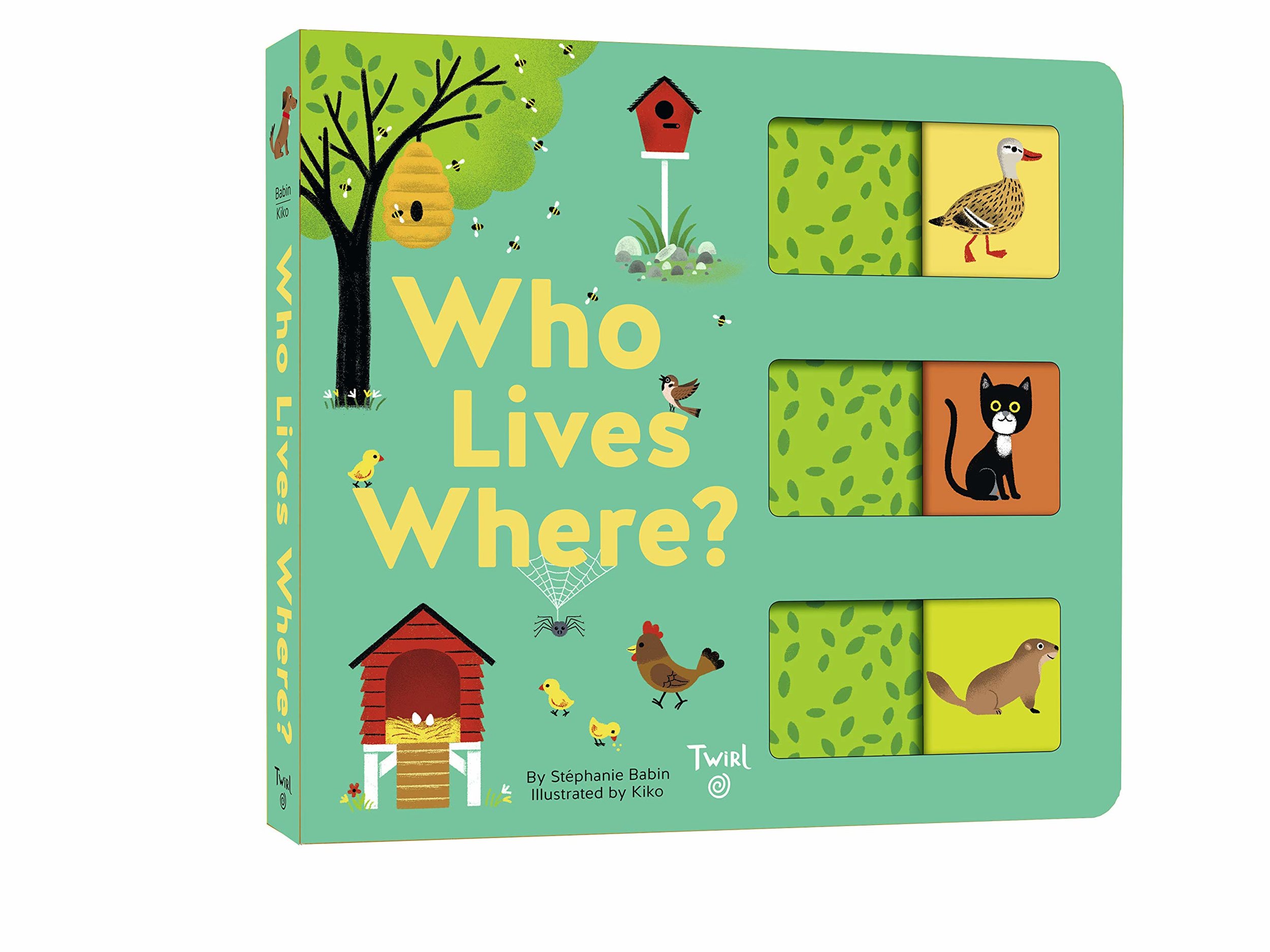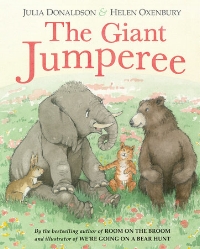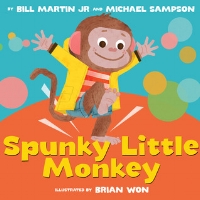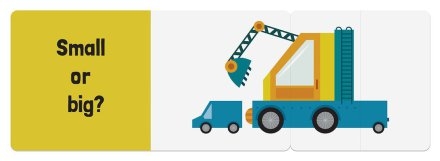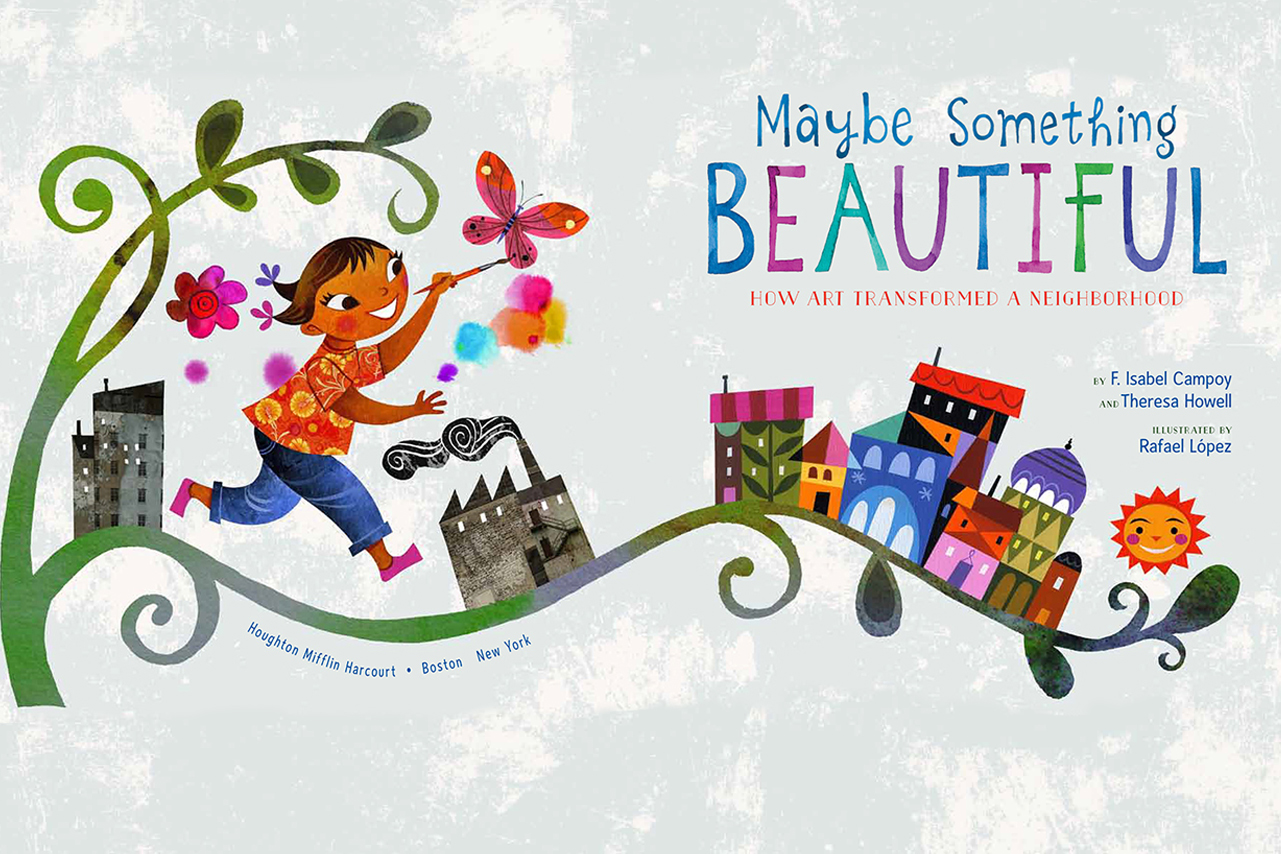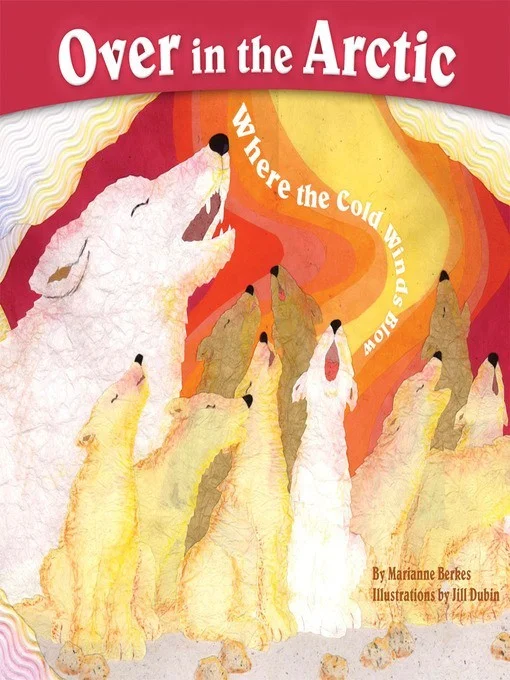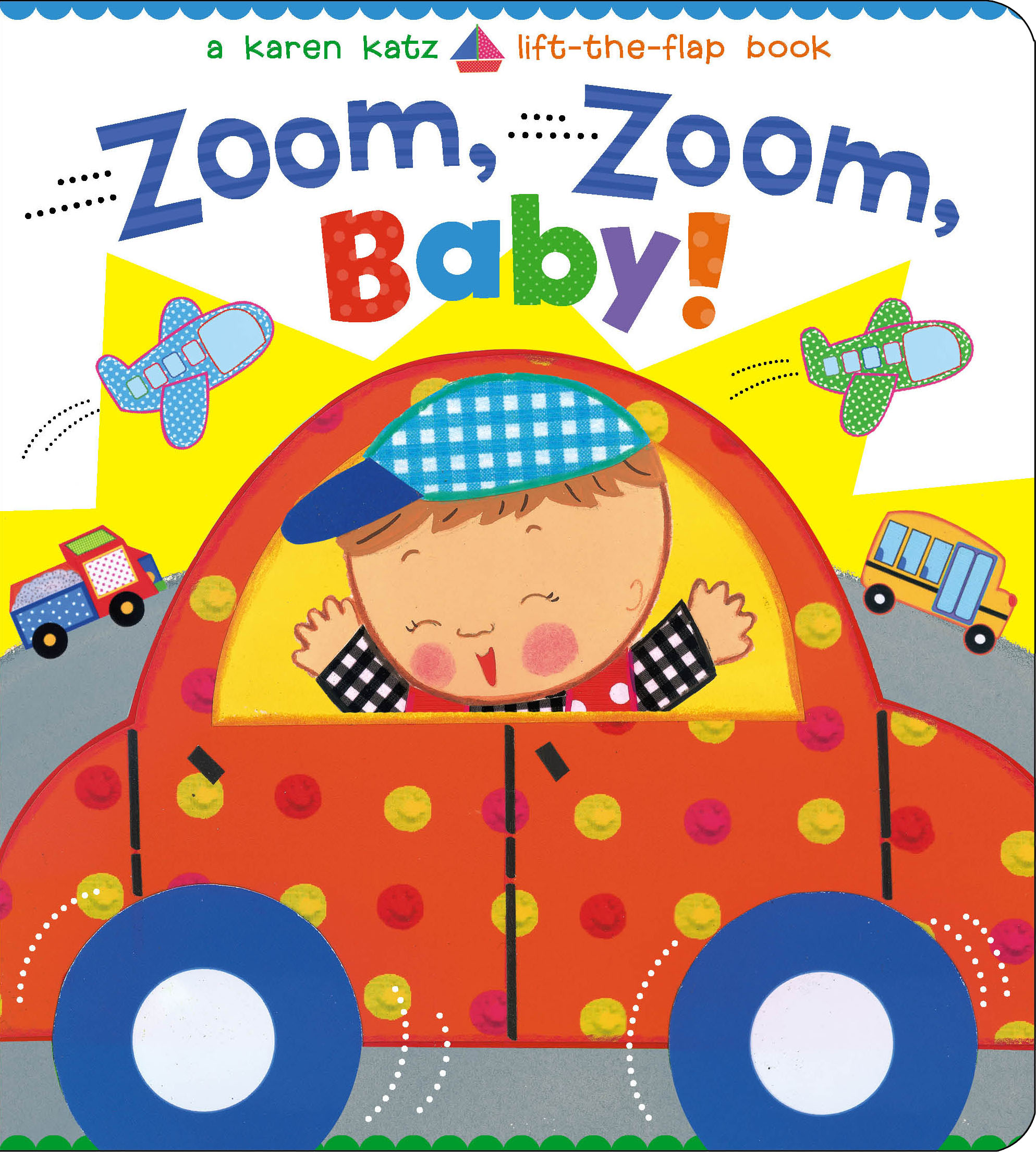If you have a storytime that includes a book about a pocket such as A Pocket for Corduroy by Don Freeman, Pouch! by Davide Stein or Katy No-Pocket by Emily Payne, here is a craft you can use to go with it.
Early Literacy Tip: As you are doing this craft with your children, you will notice they are developing what we call fine motor skills, using their finger muscles, as they cut out the pocket with scissors and lace the pocket. These are the same muscles they need for writing. If you like, you can add the letter P for “pocket” or the first letter of your child’s name. This helps develop their letter knowledge. The activities you do with your children all work together to help build a strong foundation for later reading.
Jennifer Rodriguez, New Braunfels (TX) Public Library




